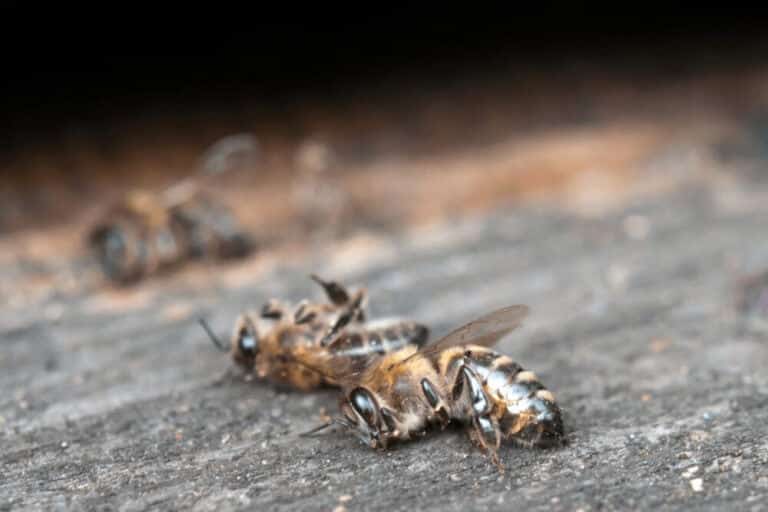Pure Raw Honey
The Story of Not-Quite-Right Honey As you all know, I love my local produce. I love the farmers’ market. I love the lemon stall on…
The Story of Not-Quite-Right Honey
As you all know, I love my local produce. I love the farmers’ market. I love the lemon stall on the side of the road two hours out of the city. I love the corner store with the friendly face behind the counter. I love things that are handmade, I love animal products that are sourced ethically, I love the land, and simple things made with passion and care.
So, for me, honey that doesn’t fall into this category is nothing less than heartbreaking. You may be aware that last year Australia’s honey-giant, Capilano, come under great scrutiny because of misleading marketing around the contents of their product. I will get into the debate another day, but first of all, let’s look at why the honey often found in the supermarkets is not as gold as the honey bought from local beekeepers like myself.
Dr Emma Beckett from the University of Newcastle recently explained the difference between genuine honey, and what we have now come to call fake honey. Whereas real honey is indeed made from a combination of sugars, mostly fructose and glucose, it comes from the natural processes of the bee; fake honey, on the other hand, is generally some honey mixed with other sugar syrups. These syrups come from plants like sugar cane, corn, or rice, and by combining these with honey, the product can be much cheaper and easier to produce. Until recently, the food test used to detect ‘fake’ honey known as the ‘C4’ had a problem; certain sugars from newer substitutes such as rice, wheat and beet syrups could not be detected. Luckily, a new test cracked Capilano’s dubious activities.
Other realities are that honey in supermarkets is often pasteurised (heated to 70oC or higher). This is done commercially, so that the honey looks smoother and cleaner, is easier to handle and package, and stays at a runny consistency. However, this is an unnecessary measure. Honey from big companies also poses huge ethical problems in Australia, paying beekeepers bottom dollar for their produce, as well as often mixing local honey with imported honey from China to keep production costs at a minimum.
So why risk it: buy your honey from a local keeper! Ben’s Bees raw honey is a natural, Australian product with optimum taste and the beautiful imperfections of anything that comes straight from nature. That means that raw honey will always crystallise within a few months after being harvested from the hive. This has no impact on the product whatsoever, other than giving it a thicker texture. Actually, raw honey tastes better, as heating denatures the products’s fine aromas and enzymes. Raw honey also has a lot of health benefits, as it is high in antioxidants, making it great for people with a common cold or sore throat, and, when taken daily, can assist those suffering from bad hay fever. It can even be applied externally on wounds to promote quicker healing. That’s right, honey-lovers: slather it on your toast, dollop it in your tea, smear it on your face.

